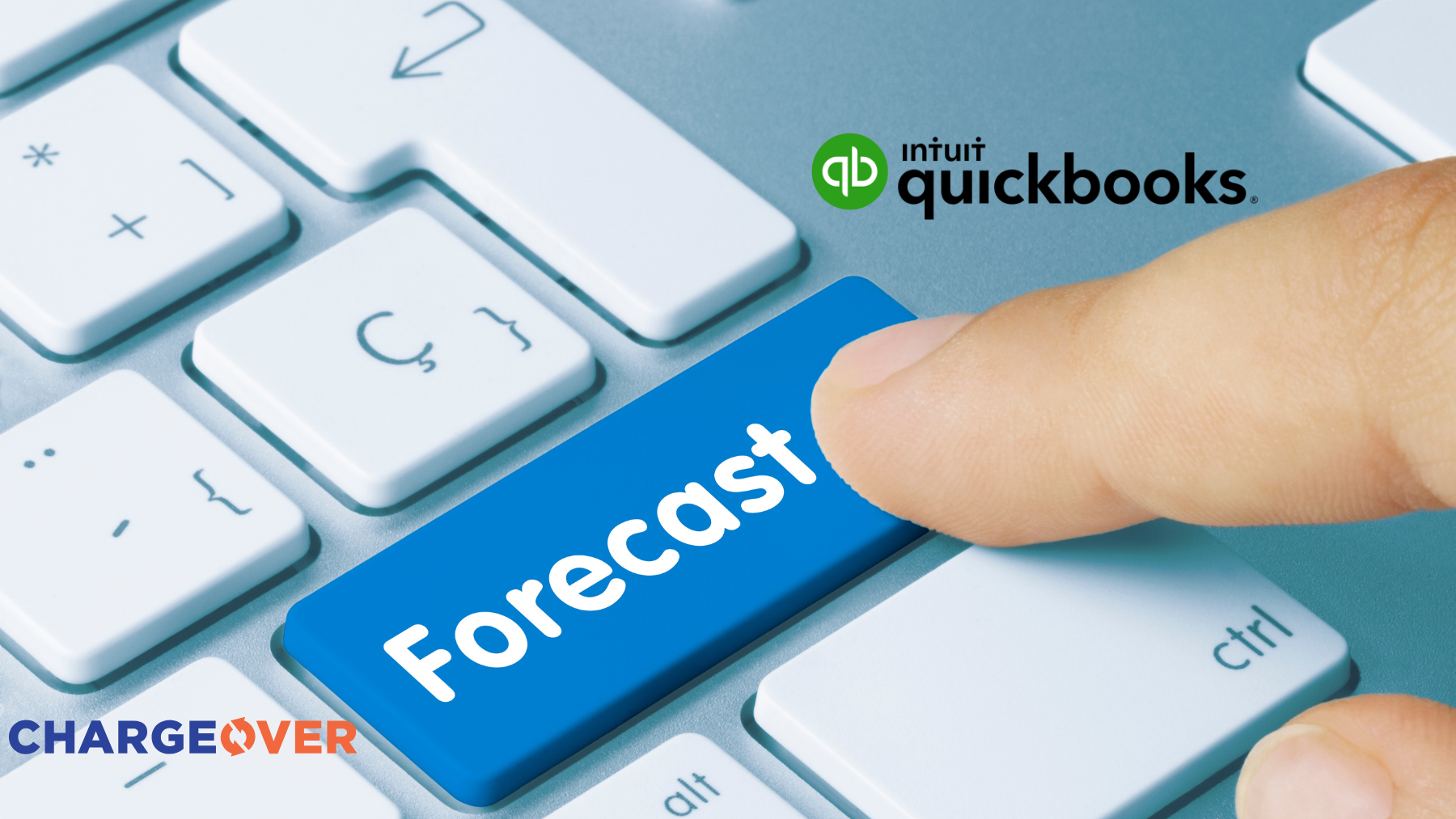Businesses are constantly seeking ways to streamline their payment processes while maximizing revenue. Automated Clearing House (ACH) payments have emerged as a powerful tool for achieving both objectives. This comprehensive guide explores the benefits of accepting ACH payments, considerations for businesses, strategies for increasing revenue and Monthly Recurring Revenue (MRR), and essential reporting practices.
Understanding ACH Payments
Automated Clearing House (ACH) payments are electronic transfers of funds between bank accounts, facilitated by the ACH network. Unlike credit card transactions, which involve intermediaries and often incur processing fees, ACH payments bypass traditional payment networks, resulting in lower transaction costs and faster settlement times.
Why Should Businesses Accept ACH Payments?
- Cost Savings: A major advantage of ACH payments is their low transaction fees compared to credit card transactions. For businesses processing high volumes of payments, these savings can translate into significant cost reductions over time.
- Convenience: ACH payments offer convenience for both businesses and customers. Customers can set up recurring payments, reducing the need for manual invoicing and improving cash flow predictability for businesses.
- Faster Settlement: ACH payments typically settle within 1-2 business days, faster than traditional paper checks. This accelerated settlement improves cash flow management for businesses, enabling quicker access to funds.
- Reduced Fraud Risk: ACH payments are subject to stringent security protocols, reducing the risk of fraud compared to paper checks. Additionally, ACH transactions can be tracked and monitored in real-time, enhancing security measures.
- Expanded Customer Reach: By accepting ACH payments, businesses can cater to customers who prefer electronic payment methods over traditional paper-based transactions. This expands the customer base and enhances overall customer satisfaction.
Ready to automate your recurring invoices and save yourself a ton of headaches every month? Get a FREE consultation and demo of ChargeOver today.
Considerations for Accepting ACH Payments
- Compliance: Businesses must adhere to regulations outlined by the National Automated Clearing House Association (NACHA) to ensure compliance with ACH payment standards. Understanding and implementing these regulations is essential to mitigate risk and maintain credibility.
- Payment Processing Platforms: Businesses need to select reliable payment processing platforms capable of securely handling ACH transactions. Factors to consider include security features, integration capabilities, and customer support.
- Customer Education: Educating customers about the benefits and processes of ACH payments can encourage adoption and streamline the transition from traditional payment methods.
- Security Measures: Implementing robust security measures, such as multi-factor authentication and encryption, helps safeguard sensitive financial information and instills trust among customers.
- Payment Reconciliation: Establishing efficient payment reconciliation processes is crucial for accurately tracking ACH transactions, identifying discrepancies, and reconciling accounts in a timely manner.
Increasing Revenue and MRR with ACH Payments
- Recurring Billing: ACH payments enable businesses to set up recurring billing arrangements with customers, ensuring a steady stream of revenue. By automating recurring payments, businesses can minimize late payments and improve cash flow consistency.
- Reduced Churn: Offering flexible payment options, such as ACH payments, can reduce customer churn by providing convenience and flexibility. Simplifying the payment process enhances customer satisfaction and loyalty, ultimately increasing MRR.
- Incentivizing Early Payments: Businesses can incentivize customers to pay early by offering discounts or rewards for ACH payments. This encourages prompt payment and accelerates cash flow, positively impacting revenue and MRR.
- Cross-Selling and Upselling: Leveraging ACH payment data, businesses can analyze customer purchasing patterns and preferences to identify opportunities for cross-selling and upselling additional products or services.
- Streamlined Collections: ACH payments streamline the collections process by automating payment reminders and follow-ups. By reducing the administrative burden associated with collections, businesses can focus on revenue-generating activities and improve overall efficiency.
Impress your boss with how much faster your clients pay their subscription invoices next month. Get a FREE consultation and demo of ChargeOver today.
Reporting Best Practices
- Invoice Tracking: Businesses should maintain comprehensive records of invoices, including payment status, due dates, and payment history. Tracking invoices enables businesses to monitor payment trends, identify overdue accounts, and optimize cash flow management.
- Billing Analysis: Analyzing billing data allows businesses to assess revenue performance, identify billing discrepancies, and make data-driven decisions to optimize pricing strategies and maximize revenue.
- Payment Reconciliation: Regularly reconciling payments against invoices and financial statements is essential for detecting errors or discrepancies and ensuring accurate financial reporting.
- Cash Flow Forecasting: Generating cash flow forecasts based on ACH payment data helps businesses anticipate future revenue streams, identify potential cash flow gaps, and make proactive financial decisions.
- Fraud Monitoring: Implementing robust fraud monitoring mechanisms enables businesses to detect and mitigate fraudulent ACH transactions, safeguarding financial assets and maintaining trust with customers.
Accepting ACH payments offers numerous benefits for businesses, including cost savings, convenience, and increased revenue potential. By understanding the considerations for accepting ACH payments, implementing strategies to maximize revenue and MRR, and adopting best practices for reporting and analysis, businesses can optimize their payment processes and drive sustainable growth in the digital economy.
Transform Your Billing Experience
Your results are just the beginning. Learn how to optimize your billing and scale your success.


